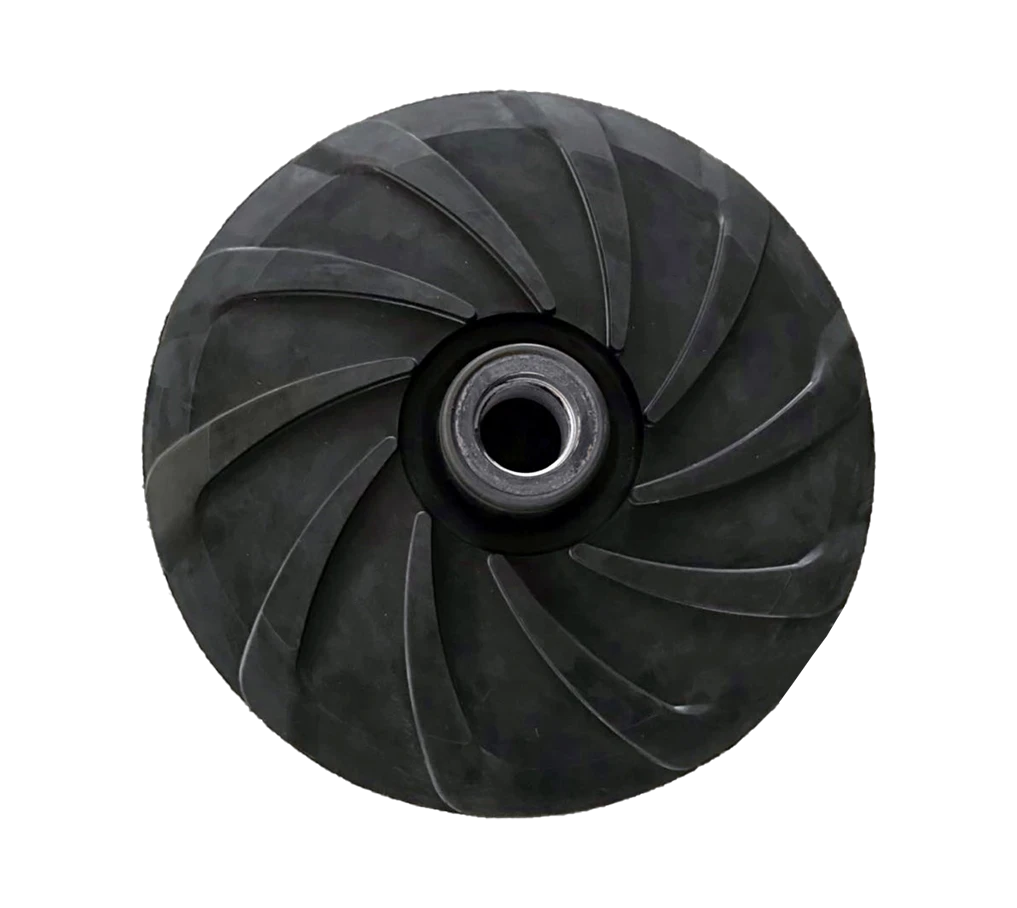-
 support@minemaxx.com
support@minemaxx.com
-
 0086-311-87833311
0086-311-87833311
 NO.8 JIHENG STREET,QIAOXI DISTRICT,SHIJIAZHUANG,HEBEI,CHINA
NO.8 JIHENG STREET,QIAOXI DISTRICT,SHIJIAZHUANG,HEBEI,CHINA
Different Bearing Types Utilized in Pump Applications for Optimal Performance and Efficiency
Types of Bearings Used in Pumps
Pumps are crucial components in many industrial applications, and their efficiency largely depends on the quality of their bearings. Bearings play a vital role in reducing friction, supporting load, and ensuring smooth operation in pumps. Given the variety of pump designs and operating conditions, different types of bearings are employed, each with unique characteristics suited for specific applications. This article explores the most commonly used bearings in pump systems, their advantages, and their ideal applications.
1. Ball Bearings
One of the most widely used types of bearings in pumps is ball bearings. Consisting of steel balls between two rings, ball bearings allow for smooth rotational movement with minimal friction. They are ideal for applications with moderate loads and high speeds. In centrifugal pumps, for instance, ball bearings are commonly used to support the rotating shaft. Their ability to handle radial and axial loads makes them versatile and reliable. However, they may not be suitable for heavy-duty applications, where load and speed conditions exceed their specifications.
2. Roller Bearings
Roller bearings are designed to support heavier loads compared to ball bearings. They utilize cylindrical rollers, which distribute the load over a larger surface area, resulting in improved load capacity and stability. There are various types of roller bearings, including cylindrical, tapered, and spherical roller bearings. Tapered roller bearings, for example, are often used in high-capacity pumps where both radial and axial loads are present, such as in certain types of hydraulic pumps. Their robust design enables them to perform well under heavy operational conditions and in environments where shock loads are common.
types of bearings used in pumps

Sleeve bearings, also known as plain bearings or bushings, are simple cylindrical components that provide low-friction motion between two surfaces. They are often used in applications where higher speeds and lower loads are experienced. Sleeve bearings are typically made from materials such as bronze, plastic, or composite materials, which can withstand wear and tear. Their advantages include ease of installation, low cost, and the capability to absorb vibrations. However, they may not perform as effectively in high-load conditions, which limits their applicability in some pump systems.
4. Magnetic Bearings
Magnetic bearings are a more advanced technology used in specific pump applications, particularly in high-speed or high-precision environments. They utilize magnetic fields to support the rotor, eliminating physical contact between rotating and stationary parts. This significantly reduces wear, increases operational lifespan, and minimizes maintenance needs. While magnetic bearings are more expensive than traditional options, their unique advantages make them suitable for advanced industrial processes where efficiency and reliability are critical.
5. Fluid Bearings
Fluid bearings, which operate on a thin layer of liquid or gas, provide support without physical contact between surfaces. They offer excellent load capacity and low friction, making them an ideal choice for high-speed pumps, such as those found in aerospace applications. Fluid bearings can handle variable loads and dissipate heat effectively, improving performance and reliability.
Conclusion
Selecting the right bearing for a pump is essential for achieving optimal performance and longevity. Each type of bearing—whether ball, roller, sleeve, magnetic, or fluid—has its strengths and weaknesses, making them suitable for different applications and operating conditions. Understanding these differences helps engineers make informed choices, ensuring that pumps operate efficiently and effectively in their respective environments. As technology advances, new bearing designs and materials will likely continue to enhance pump performance, leading to improved operations across various industries.
-
Wet Parts for Optimal PerformanceNewsOct.10,2024
-
Vertical Pump Centrifugal SolutionsNewsOct.10,2024
-
Top Slurry Pump ManufacturersNewsOct.10,2024
-
The Ultimate Guide to Centrifugal Pump for SlurryNewsOct.10,2024
-
Pump Bearing Types for Optimal PerformanceNewsOct.10,2024
-
A Guide to Top Slurry Pump SuppliersNewsOct.10,2024
-
Slurry Pump Parts for Optimal PerformanceNewsSep.25,2024

